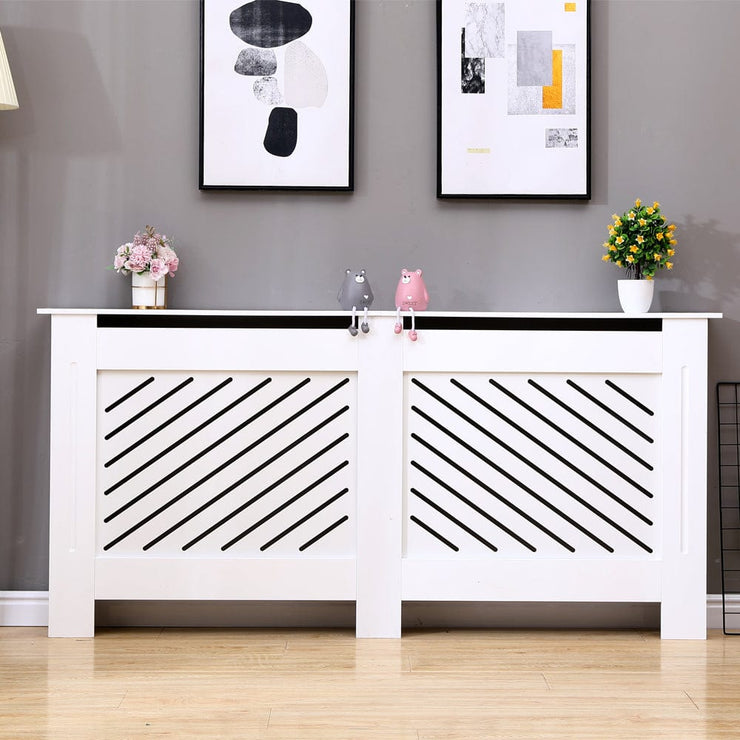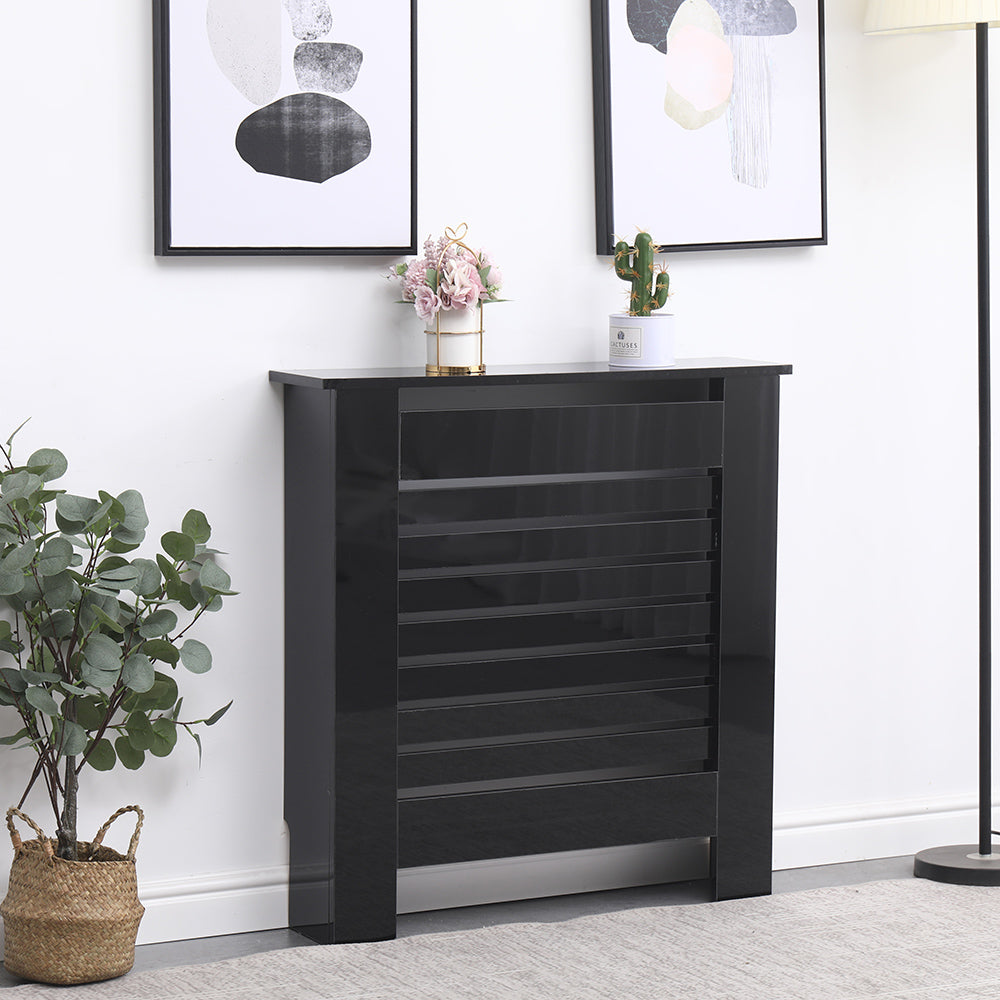How a Radiator Cover Can Boost Energy Efficiency in your house
How a Radiator Cover Can Boost Energy Efficiency in your house
Blog Article
Radiator Covers: Comprehending Materials, Designs, and Benefits
Radiator covers offer both functional and visual functions within a home, offering a variety of materials such as hardwood, mdf, and steel to fit numerous style choices. Choosing the appropriate radiator cover entails recognizing the nuances of products, layouts, and their connected advantages.
Kinds Of Products


Wooden covers, typically crafted from woods such as oak or maple, offer a classic, cozy look that matches typical insides. Their durability and capacity to be discolored or repainted contribute to their adaptability. Steel covers, normally made from steel or light weight aluminum, are favored for their toughness and modern-day look, typically including sleek lines that improve modern rooms.
MDF, a manufactured wood product, is prominent for its cost-effectiveness and ease of customization. It can be painted or completed to match existing style while offering a smooth surface. Plastic covers, while less typical, are immune and lightweight to moisture, making them appropriate for moist environments.
Ultimately, the option of material for a radiator cover must straighten with the homeowner's style preferences, functional demands, and the certain setting where the cover will certainly be mounted. Each product supplies a distinct character, ensuring that there is an option to suit every taste and setting.
Popular Design Styles
Stressing aesthetic appeal, popular design styles for radiator covers reflect a variety of preferences and indoor layout fads. Typical layouts frequently feature elaborate woodwork and ornate detailing, making them suitable for vintage-inspired or classic insides. These covers commonly include sculpted aspects, offering a cozy and welcoming feel to any room.
On the other hand, modern styles focus on minimalist looks, identified by tidy lines and understated elegance. Products such as steel or sleek timber with a smooth coating are frequently used, permitting these covers to mix perfectly into modern-day rooms. Industrial styles, on the various other hand, accept resources like revealed metal and concrete, adding a vibrant statement to loft or city setups.
For those looking for a special touch, bespoke layouts offer personalization options that deal with individual preferences, making it possible for home owners to select shades, patterns, and products that complement their decor. Furthermore, farmhouse-style covers integrate rustic aspects, including troubled wood and basic kinds that evoke a cozy, nation beauty.
Advantages of Radiator Covers
Radiator covers not only enhance the aesthetic allure of an area but likewise supply several useful advantages that make them a rewarding addition to any type of home. Among the key advantages is safety, especially in families with children or animals. Covers lower the risk of burns from hot radiator surfaces, making certain a more secure environment.
Additionally, radiator covers can improve energy effectiveness. By guiding warmth right into the area instead of enabling it to get away, they assist preserve a regular temperature level, minimizing home heating prices with time. This is especially useful in older homes where radiator systems may be less effective.
One more noteworthy benefit is noise reduction. Radiators can in some cases produce unwanted sounds throughout see procedure, and covers can aid stifle these noises, adding to a more peaceful living space. my review here Radiator covers can be functional, giving added storage or display room, consequently optimizing the utility of often-overlooked areas.
Last but not least, they can secure radiators from dust and debris, which can prevent effectiveness and boost maintenance needs. With these combined advantages, radiator covers become a useful solution for boosting both the capability and design of any type of home environment.
Installation Factors To Consider
Mounting radiator covers needs cautious consideration to ensure both performance and safety (Radiator cover). First, analyze the measurements of your radiator and the surrounding area to ensure a proper fit. Precise measurements are vital; an uncomfortable cover can block heat circulation or produce security hazards
Following, review the material of the cover. While timber provides visual appeal, steel alternatives may supply better longevity and warm resistance. Take into consideration the weight of the cover also; much heavier covers may call for extra support or supports to avoid drooping or damages in time.
Air flow is another important aspect. Covers have to include adequate air flow to stop overheating and keep effective heating. Try to find layouts with slats or perforations that enable heat to distribute without blockage.
In addition, guarantee that the cover is safely placed to stop mishaps, especially in homes with kids or pets. Radiator cover. It's advisable to comply with the producer's setup standards closely and, if required, seek advice from a specialist for intricate installations
Upkeep and Treatment Tips
Correct upkeep of radiator covers is crucial go to this web-site for guaranteeing their durability and ideal performance. For repainted or timber covers, take into consideration a suitable polish or protective finishing to preserve their look.
Check the covers regularly for indications of wear or damage, such as cracks or peeling paint. Dealing with these issues quickly can stop more damage. Make certain that the covers are firmly fastened and check for any loosened screws or fittings, as vibrations from the radiator can loosen them with time.
In chillier months, avoid putting heavy things or attractive products on top of the radiator covers, as this can hamper warmth distribution and create unnecessary stress and anxiety to the structure. Last but not least, consider seasonal upkeep by removing the covers for detailed cleaning and assessment during warmer months when the furnace is non-active. Adopting these easy treatment pointers will improve the efficiency and visual appeal of your radiator covers, ensuring they offer their objective effectively for many years to find.

Final Thought
In summary, radiator covers offer as visual and functional improvements to domestic rooms. The diverse series of products, including woods, steel, plastic, and mdf, allows for placement with various design styles such as standard, modern, commercial, and farmhouse. The advantages of these covers expand past safety and security and energy efficiency to include additional storage and dust security. Cautious consideration of setup and maintenance further guarantees the long life and efficiency of radiator covers in any home setting.
Radiator covers serve both aesthetic and practical purposes within a home, providing an array of products such as hardwood, mdf, and steel to match various style choices. Choosing the ideal radiator cover entails comprehending the subtleties of products, designs, and their associated benefits.Highlighting visual charm, popular style styles for radiator covers show an array of preferences and indoor design trends.Radiator covers not only improve the aesthetic allure of an area yet also offer several useful benefits that make them a worthwhile enhancement to any kind of home. Consider the weight of the cover as well; heavier covers might call for added assistance or supports to avoid sagging or damages over time.
Report this page